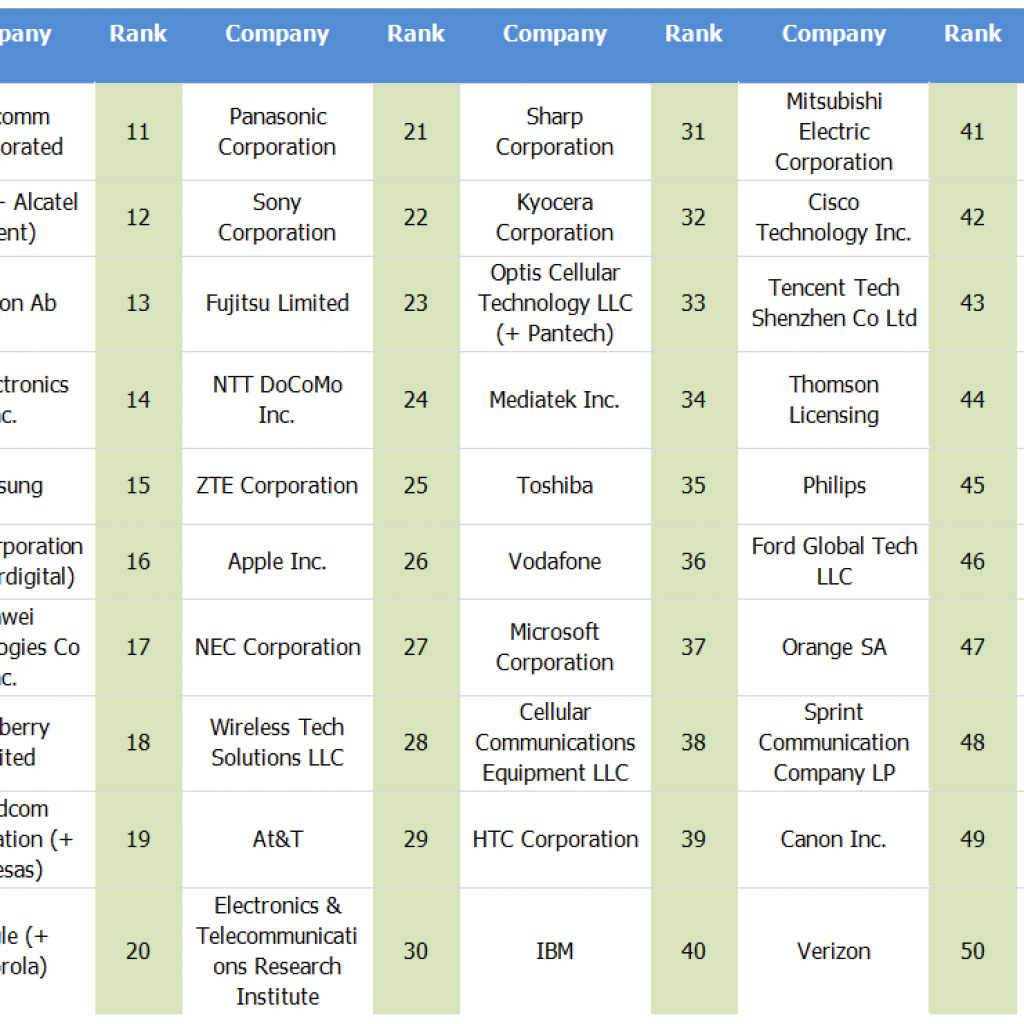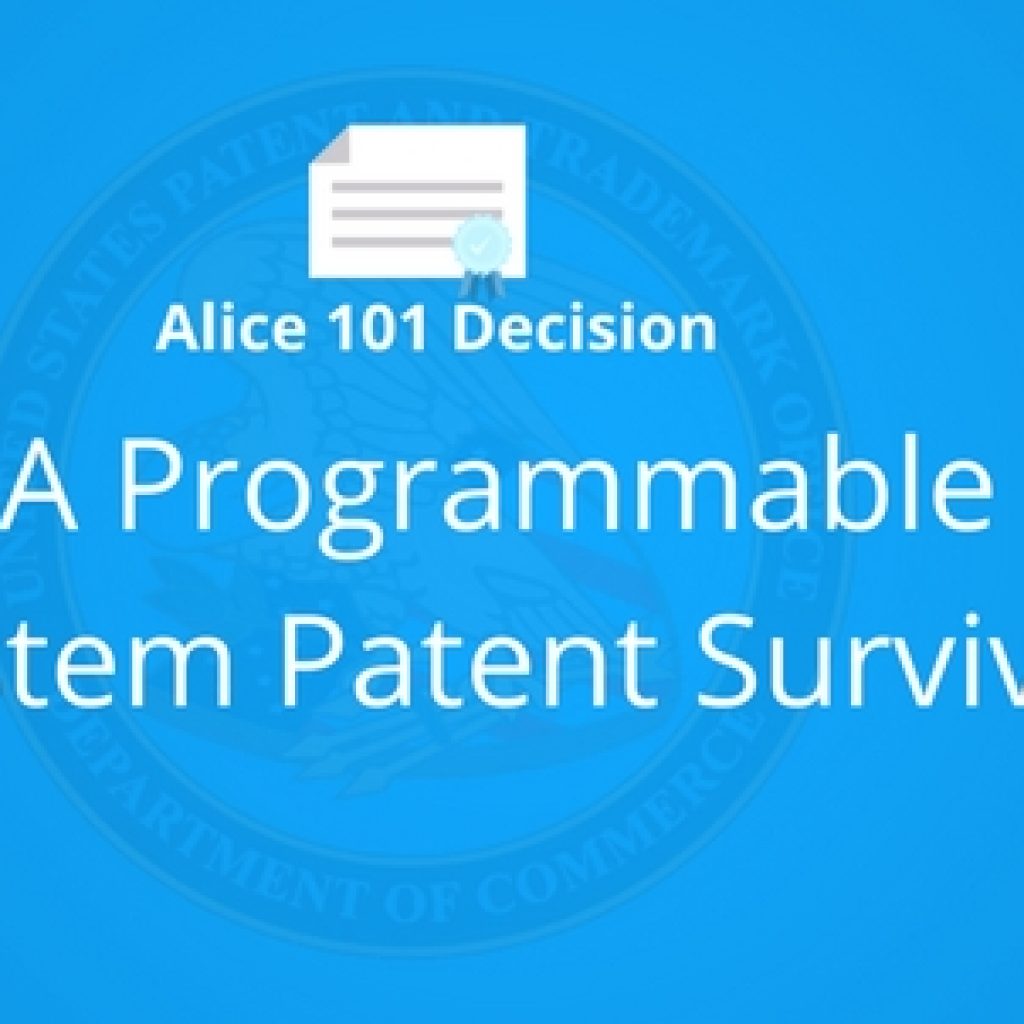Technologies, nowadays, are so dynamic they often overlap multiple fields and application areas. For instance, virtual reality, a branch of computer technology has applications in healthcare, military, entertainment, and other major industries.
However, the patent claims filed in the nascent stage of that technology remain the same, and it is often observed that because of those narrow claims, multiple practical applications are not covered in the scope of the claims.
In these cases, despite being an early innovator, you will not earn huge profits from your patents. This problem could be solved by filing continuation applications strategically. How? Read on to find out:
Using The Priority Advantage Strategy for Filing Continuation Applications or Continuation-in-part applications
The Problem — It often happens that the claim of a generic patent is too narrow and does not discuss the invention from the product perspective, making it difficult to assert. This problem can be overcome by following the simple strategy given below.
The Strategy — The Priority date advantage strategy is executed by filing continuation and continuation-in-part patents to patents that are pending grant in the patent office. The strategy aims to broaden the scope of the patent claims by incorporating the existing products/innovations which are briefly mentioned in the present patent description. Since a patent can only cover limited key features for protection, the trick here is to use a broad description that mentions the applicability of an invention in multiple other areas.
This process involves modifying the claims of the original patent while maintaining the original novelty of the patent application.
Products that have emerged in the domain of the patent’s technology can be analyzed to file a continuation or continuation-in-part applications claiming the priority of the parent patent application. This approach offers the advantage of having an early priority date, thus making them more likely to get granted.
The question that now poses in front of IP counsel is how to go about the claim modification to broaden the scope of the clients’ patents. Let me take the example of US8321124 to showcase how claim modification can be done.
The US’124 patent claims a tracking and security apparatus, which we think could be broadened to cover existing inventions in the field. The claim modification can be done taking two factors into account — Products or Patents.
Featured Resource: Download your print-friendly copy of 7 Post-Alice Patent Cases That Survived 101 Rejections ebook:
Using Product Based Modification to file a Continuation Application
In the product based modification method, all the existing products that have features similar to those claimed in the original invention are identified. Though it could be argued that the product serves as prior art deeming the application unpatentable, the priority date claimed from the parent application serves as the escape net.
It is often the case that the identified products may have few features differentiating it from the patent. At those times, it should be checked whether the features are supported by the patent description and the prosecution history or not. If it corroborates, a continuation patent having modified claims covering these features could be filed.
Let’s get back to the US’124 example now, as we put the strategy to practice to cover other available products into the scope of the patent.
Amendment 1: The patent US’124 mentions that whenever the distance between two units increases, a signal is generated from either of those units.
Claim 24
A security and tracking apparatus for a person, an animal or an object comprising at least a first signaling unit and a second signaling unit, each adapted to be hidden in contact with or in close proximity to the person, the animal or the object, wherein each respective said signaling unit is adapted for identifying the location of said respective signaling unit and for transmitting the location of said respective signaling unit when the first and second signaling units are separated by more than a preselected distance.
Further, in the description, US’124 discloses that the first unit can be attached to a vehicle as well “Multiple signaling units may also be placed in various components of a material asset, for example in a cellular phone and stereo of a motor vehicle”.
Therefore, in simple words, a car (having a first signaling unit) would generate a signal to lock itself when the driver with the key (having a second signaling unit) in his pocket would walk away from the car. Similarly, the car (having a first signaling unit) would generate a signal to unlock itself when the driver with the key (having a second signaling unit) in his pocket is in a certain proximity of the car handle.
Below is an example of how claim modification can be carried out.
Updated Claim 24
A security and tracking apparatus for a person, an animal or an object comprising at least a first signaling unit and a second signaling unit, each adapted to be hidden in contact with or in close proximity to the person, the animal or the object, wherein each respective said signaling unit is adapted for identifying the location of said respective signaling unit and for transmitting a signal between the first signaling unit and the second signaling unit the location of said respective signaling unit when the first and second signaling units are separated by more than a preselected distance.
Leading electric automobile manufacturer “Tesla” provides similar features in its cars, which can be easily covered by the amended claims.
Amendment 2: One more embodiment in the description mentions that “Additional information may also be transmitted to the remote receiver“. Therefore, after the units are separated by a specific distance, either of them could send some additional information apart from the signal.
This similar concept is used by Aeroscout — allowing parents (having a first signaling unit) to track lost kids (having the second signaling unit) in amusement parks. The location directions are sent in the form of additional information along with alarm (signal) to the parent. This concept can also be filed as a claim variation to bring all such products into the scope of the patent.
The above tactic could be efficiently utilized if all the products that have launched in the market after the grant of parent patent are analyzed and claim modification is done such that a maximum number of products could be brought under the scope of the patent.
Patent-based modification
The patent-based modification is slightly different from a product-based method. This method involves analyzing all the patents/ patent applications filed after the priority date of the patent under study.
The differentiating features in these patents/ patent applications are identified and based on it; claims could be modified to incorporate those features into the scope of the patent. But it should be ensured that these new features being incorporated are supported by the patent description and the file wrapper (prosecution history) of the patent under study.
It is often seen that with the passage of time, new areas of application popularize for a claimed technology, of which an inventor might not be aware. During those times, the beneficial move would be to identify those application areas and bring them under the scope of the patent under study, such that maximum benefits could be reaped.
Let’s again consider the patent US8321124 (Priority Date – March 31, 1999) claiming a tracking and security apparatus. The patent mentions that whenever the distance between two units increases, a signal is generated from either of those units. We noticed a granted patent US8742922 having priority date February 22, 2010 (after the priority date of US’782) which claims a luggage tracking device.
Both US’124 and US’760 focus on tracking devices. Further, the assignee of US’124 patent can analyze the claimed invention of US’922 to file a continuation of US’124 covering the scope of — “a transmitter provided in the housing and configured to transmit current location information at programmed intervals predetermined by a user”. This scope is already covered in the specification of US’124 as — “In various embodiment, each said signaling unit is adapted to transmit the location of said signaling unit to a monitoring station under at least one of the following conditions: a) automatically when the first and second signaling units are separated by more than a preselected distance, b) upon demand from the monitoring station, c) upon demand from the person, d) upon loss or absence of communication from the other signaling unit, or e) upon preselected intervals”.
By updating the claim, the assignee can bring all products that overlap US’922 into the scope of US’124.
Updated Claim 24
A security and tracking apparatus for a person, an animal or an object comprising at least a first signaling unit and a second signaling unit, each adapted to be hidden in contact with or in close proximity to the person, the animal or the object, wherein each respective said signaling unit is adapted for identifying the location of said respective signaling unit and for transmitting a signal between the first signaling unit and the second signaling unit the location of said respective signaling unit and when the first and second signaling units are separated by more than a preselected distance at programmed intervals predetermined by a user.
Similarly, all the patents similar to the patent understudy could be analyzed and multiple continuation patents could be filed in the pursuit to expand the scope of a patent manifold. When granted, these continuation patents could be a potential royalty fee generator, serving as a moneymaker while strengthening the patent portfolio of an organization.
Conclusion
Patents or Products claim modification based on analysis of the existing art is a beautiful patent portfolio strategy that could help broaden the scope of your patents. Obviously offensive, when the goal is to create a strong patent portfolio, it would be unwise to leave this strategy out of your little black book of patent strategies.
Related Strategy: How to File more Patent Applications even after Continuations?
Authored by: Anjali Chopra, Senior Business Analyst, Market Research and Rohit Sood, Manager, Infringement.
Disclaimer: The above article is for informational purposes only. GreyB is not a law firm and any information provided isn’t intended to create or constitute legal advice or an attorney-client sort of relationship. Contacting your attorney w.r.t1 any particular legal issue is advised.










